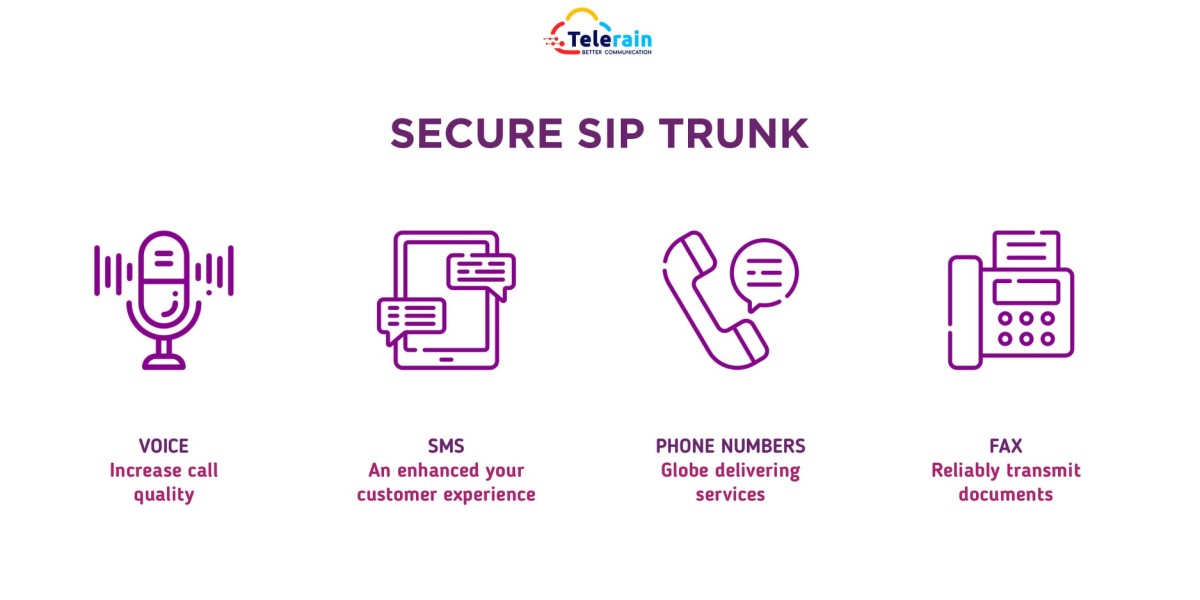SIP trunk providers offer services that enable businesses to use Voice over Internet Protocol (VoIP) technology to make and receive phone calls over the internet rather than through traditional phone lines. Here’s how they function:
- Voice Data Transmission: SIP trunking allows the transmission of voice data (phone calls) over the internet. SIP (Session Initiation Protocol) is the technology that establishes, manages, and terminates these voice sessions.
- Cost Efficiency: By using SIP trunks, businesses can reduce costs associated with traditional phone lines (PSTN), as SIP trunking consolidates voice and data on the same network, often leading to lower telecommunication costs.
- Scalability: SIP trunks are easily scalable, allowing businesses to add or remove lines without the need for physical infrastructure changes, making it ideal for growing businesses.
- Flexibility and Mobility: SIP trunking supports Unified Communications (UC) by integrating voice, video, and messaging into one platform. It also enables remote work setups, as employees can make and receive calls from anywhere with an internet connection.
- Reliability and Redundancy: Many SIP trunk providers offer redundancy options, routing calls through multiple data centers to ensure business continuity in case of a failure.
- Integration with Existing PBX Systems: SIP trunks can integrate with existing on-premises PBX (Private Branch Exchange) systems, allowing businesses to transition to VoIP without completely overhauling their telephony infrastructure.
Overall, SIP trunk providers deliver the infrastructure and support needed for modern communication systems, enhancing efficiency, reducing costs, and offering greater flexibility.



